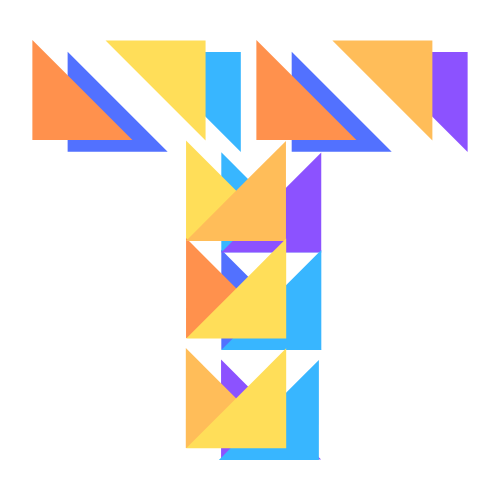As a parent, you've likely encountered the buzz around Minecraft, the unique computer game captivating the imaginations of children worldwide. But did you know that beyond being a source of entertainment, Minecraft is a powerful educational tool? In this guide, we'll explore how Minecraft can contribute to your child's learning journey and how Thinklum leverages it for exciting educational experiences.
What is Minecraft, and Why is it Educational?
Minecraft is more than just a child-friendly computer game; it's a digital realm that blends exploration and survival skills, serving as a testing ground for imagination and creativity. Think of it as digital LEGO, where your child can build anything from a small hut to a sprawling metropolis, all while navigating challenges posed by monsters and other intriguing characters.
Is Minecraft Safe for Kids?
Absolutely, when used responsibly. Minecraft is a safe haven for children, provided the right parental controls are in place. It offers a secure environment for your child to write their own story, team up with friends, and build within predefined safety parameters.
11 Reasons Why Minecraft is Educational:
Problem-Solving Skills: In Minecraft's "survival mode," players must navigate dangerous monsters and obstacles, fostering critical thinking and quick decision-making skills.
Used in Schools: Over 7,000 classrooms worldwide leverage Minecraft for educational purposes, recognizing its effectiveness in making learning enjoyable.
Motivates Reading and Writing: Advancement in the game requires a good understanding of on-screen guides, promoting reading skills. The chat function, when playing with classmates, encourages written communication.
Encourages Curiosity: Overcoming in-game challenges prompts children to seek hints and tricks, fostering a natural curiosity that extends beyond gameplay.
Research Skills: Players often resort to online research, using platforms like Wikipedia or YouTube, mirroring the research process for school projects.
Financial Literacy: Minecraft teaches kids to calculate costs and manage time efficiently, emphasizing resource utilization and planning.
Collaboration and Teamwork: Multiplayer options necessitate collaboration, teaching children to work positively together to achieve shared goals.
Boosts Confidence: Mastering Minecraft skills allows kids to share their knowledge, fostering confidence and potentially leading to new friendships.
Historical Exploration: Reconstructing landmarks in Minecraft encourages historical research, integrating math and scale concepts.
Unlimited Creativity: Minecraft's limitless world enables children to build anything they imagine, fostering creativity with small building blocks.
Coding and Customization: The game's extensive customization options, including modifying the original Minecraft code, introduce kids to coding concepts and problem-solving.
Preparing for Future Success:
Beyond immediate educational benefits, Minecraft equips children with skills crucial for future employment. The game's elements simulate business skills, including trading and relationship-building. When harnessed correctly, Minecraft becomes a gateway to core STEM subjects (science, technology, engineering, and mathematics), providing a solid foundation for the demands of the 21st-century workplace. Additionally, the social skills developed through gameplay, such as negotiation, project planning, and teamwork, are sought-after attributes by employers today and in the future.
In essence, Minecraft is not just a game; it's a dynamic learning environment that empowers children to explore, create, and develop skills that will serve them well in their educational journey and future endeavors.

